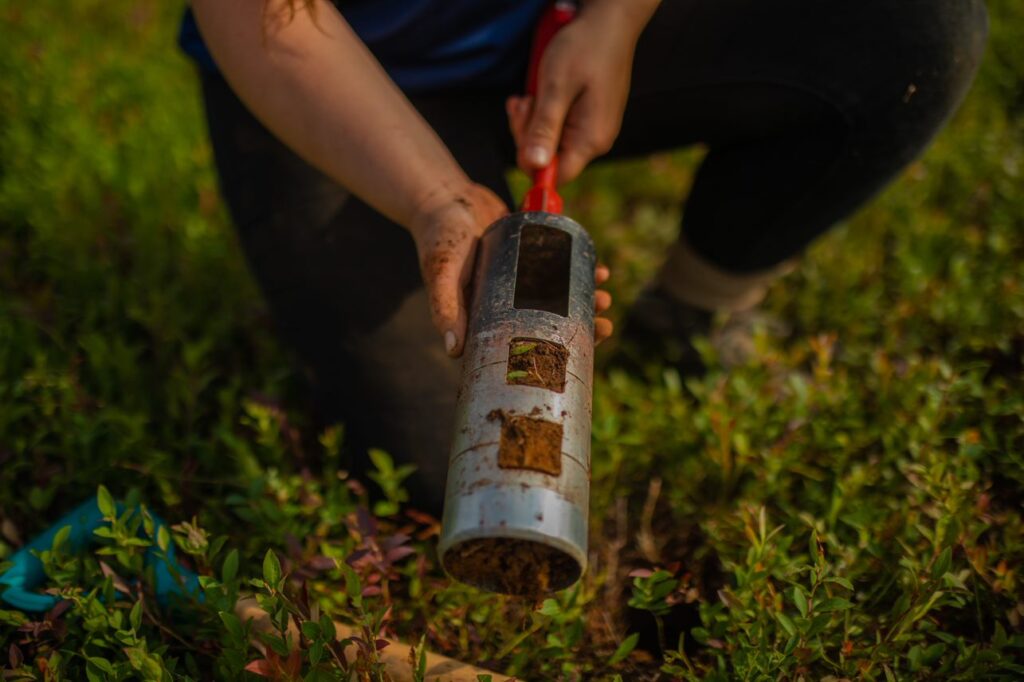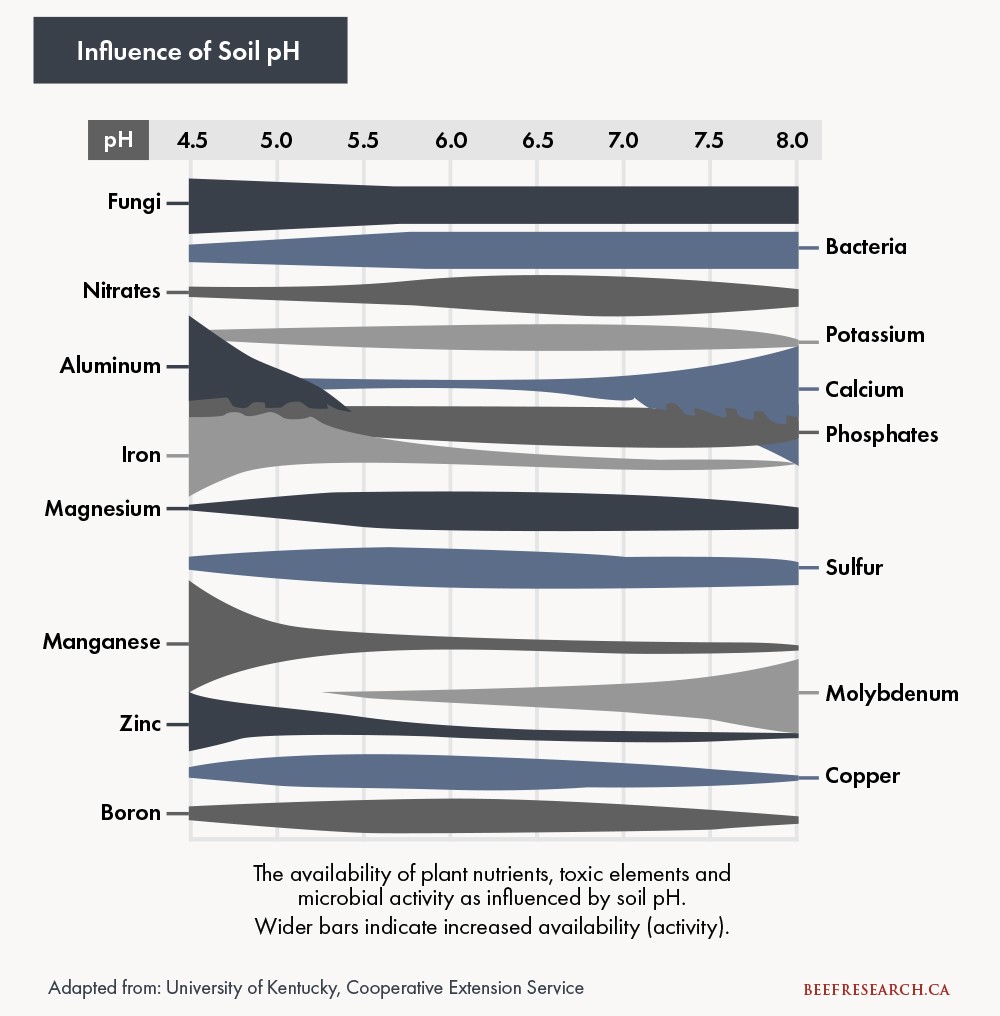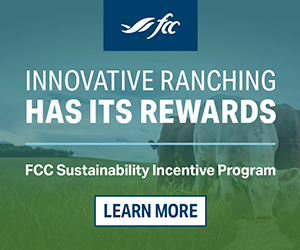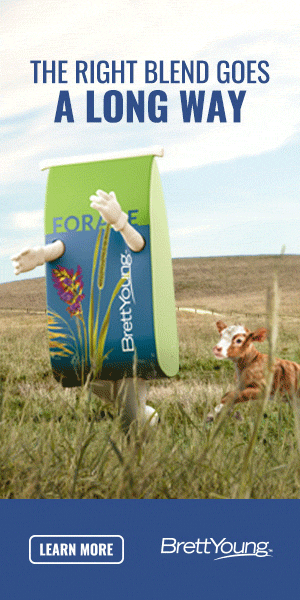AB Direct - Steers
Rail: 500.00 del
AB Direct - Heifers
Rail: 500.00 del
US Trade- Steers
Rail: 360.00-365.00 (IA,NE)
US Trade - Heifers
Rail: 360.00-365.00 (IA, NE)
Canadian Dollar
0.18

Forage Rejuvenation: Fertilization and the influence of soil pH
This article was originally posted on the Beef Cattle Research Council’s website on May 9, 2023.
Rejuvenation of a forage stand, whether hay or pasture, involves using one or a combination of methods to increase productivity with a shift towards higher yielding forage species that provide improved nutritional value for livestock.
If an assessment of the current forage stand shows that there is not enough of a desired plant species, then fertilization can be an effective tool to reinvigorate and increase forage yields. Starting with a soil test, improving nutrient deficiencies can increase forage production.
Before making the investment in fertilizer, soil pH should be accounted for in conjunction with fertilizer plans—in the event of low soil pH, nutrients may be present in the soil but unavailable for uptake by plant species. When soils are very acidic (pH less than 5.8), soil bacteria and nitrogen-fixing bacteria in legume stands are negatively affected and soil biological activity is reduced. The opposite of this is also true, raising the pH too high can reduce the solubility of aluminum and manganese, which can be potentially toxic to plants at high levels.
A soil test is essential to determine which nutrients are currently available and which may be deficient. Optimum nutrient uptake by most crops occurs at soil pH between 6.0 and 7.0.
The graphic below illustrates the availability of plant nutrients, toxic elements and microbial activity with the change in pH. Optimum nutrient uptake by most crops occurs at soil pH between 6.0 and 7.0. Low pH soils are common in Eastern Canada due to the underlying bedrock and soil types, and often require amendments every few years to offset the natural progression to a return to lower pH levels. Adjusting soil pH will increase the solubility of nutrients and allow them to become more available to plants. Adding fertilizer to low pH soils without pH amendment will not solve the problem of nutrient insolubility.

In the regions across Canada where acidic soils are a limiting factor for forage production, a common practice is to apply a material that contains some form of lime or an effective calcium carbonate equivalency (such as wood ash). Lime type should be selected based on your soil test; dolomitic lime should be selected if magnesium is required over calcitic lime. Contact your local extension staff or agronomic consultants if you have questions regarding which lime source is most suitable to your situation.
When an application of lime is needed, the lime is most effective if it is incorporated prior to seeding or at least six months in advance when overseeding or sod-seeding.
Adjustments of pH should be considered before fertilizer applications. At a soil pH of 5, only 50 per cent of the fertilizer that is applied is available to crops, compared to 80 per cent in soil with a pH of 6.
When an application of lime is needed, the lime is most effective if it is incorporated prior to seeding or at least six months in advance when overseeding or sod-seeding. Lime should not be applied at the same time as fertilizer to prevent interactions with the fertilizer before incorporation in the soil. It may take one to three years to become fully effective, especially if it is not incorporated. On-farm demonstrations in Atlantic Canada have shown that applying lime to pastures can increase productivity up to 30 per cent the year after application. With this type of soil amendment, pH is improved, and less fertilizer will be required due to better availability of soil nutrients.
For more information about forage rejuvenation, including making the decision to rejuvenate or not, goals and objectives, methods to consider and costs and benefits, visit Rejuvenation of Hay & Pasture.



